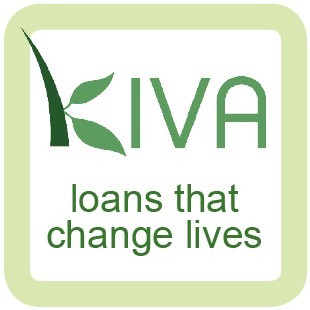 A post on Philip Tomé's personal blog titled Wiki Charities got me thinking about why EditMe supports Kiva and how the Kiva model relates and compares to charitable giving organizations.
A post on Philip Tomé's personal blog titled Wiki Charities got me thinking about why EditMe supports Kiva and how the Kiva model relates and compares to charitable giving organizations.
Tomé is "a fundraiser with a strategic and integrated approach to creating brand loyalty". In the post, he establishes that the standard structure of charitable giving always involves an intermediary between the beneficiaries and the donors. For example, The Greater Boston Food Bank collects money from donors to buy food for Boston-area residents who are in need. The Boston-area residents who are having trouble putting food on the table have not collectively organized and asked for this assistance in a formal, non-profit kind of way. And it's likely that the people running this organization are not recipients of its help.
From this observation, Tomé tosses around the idea of a wiki charity - one where something like a wiki takes the place of that intermediary and lets people in need appeal directly to those who might help. While this model, in a simplistic implementation, is open to all kinds of fraud, abuses, inefficiencies and chaos, the idea is sound. Anyone who's read Wikinomics should see it coming. A working model for this is just a matter of invention.
There are three main reasons EditMe selected Kiva as the non-profit organization it would support:
 In many ways, Kiva is the implementation of Tomé's vision. It is truly democratized lending and, in that lenders receive no interest on their loans, it is a form of charity.
In many ways, Kiva is the implementation of Tomé's vision. It is truly democratized lending and, in that lenders receive no interest on their loans, it is a form of charity.
Kiva and the lending organizations they work with could be considered intermediaries, but I'd argue they are more like facilitators. The lending organizations are not roaming the country-side of Uganda looking for people who need business loans. The people find the lenders and tell their own story. They form their own groups to support each other's repayment of their loans.
It will be interesting to see whether and how this model is carried to the next step of charitable giving to individuals (or groups of individuals) who have organized on their own behalf and are appealing directly to potential donors. As the barriers to accessing the Internet get lower and lower, we may start to see this happen. All it takes is a company like Kiva to provide automated facilitation and work out the kinks.
Are you aware of any such organization in development or already operating? I'd love to hear about it.